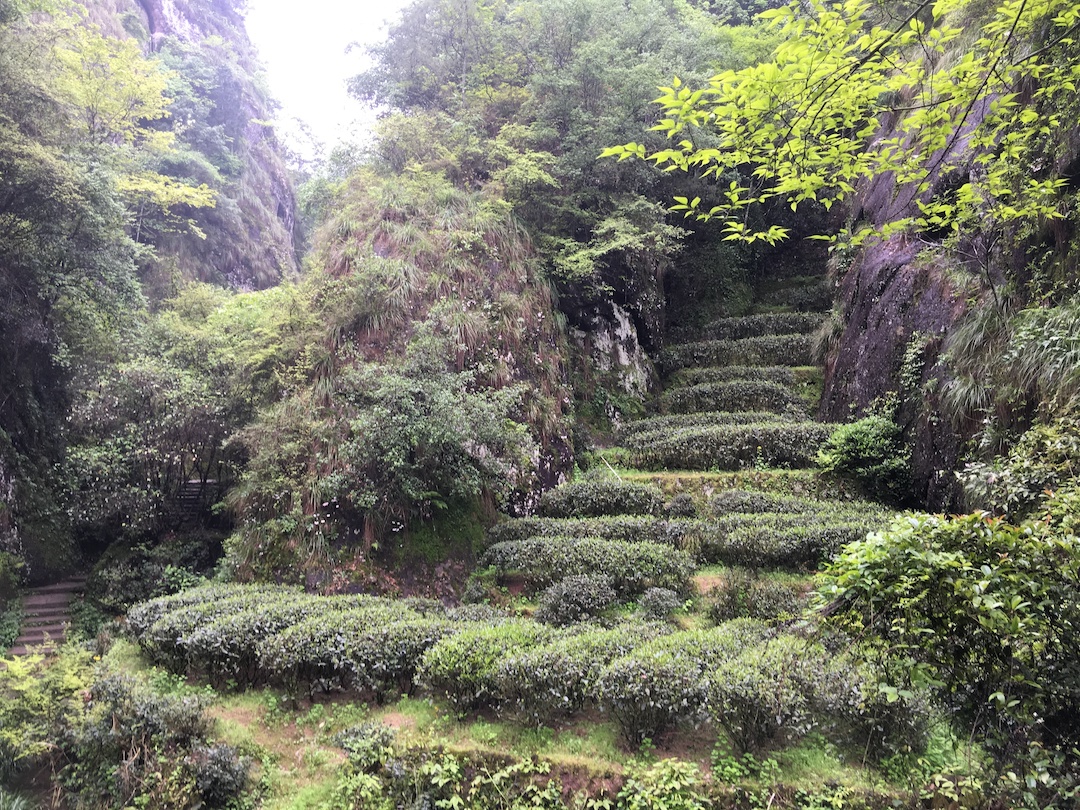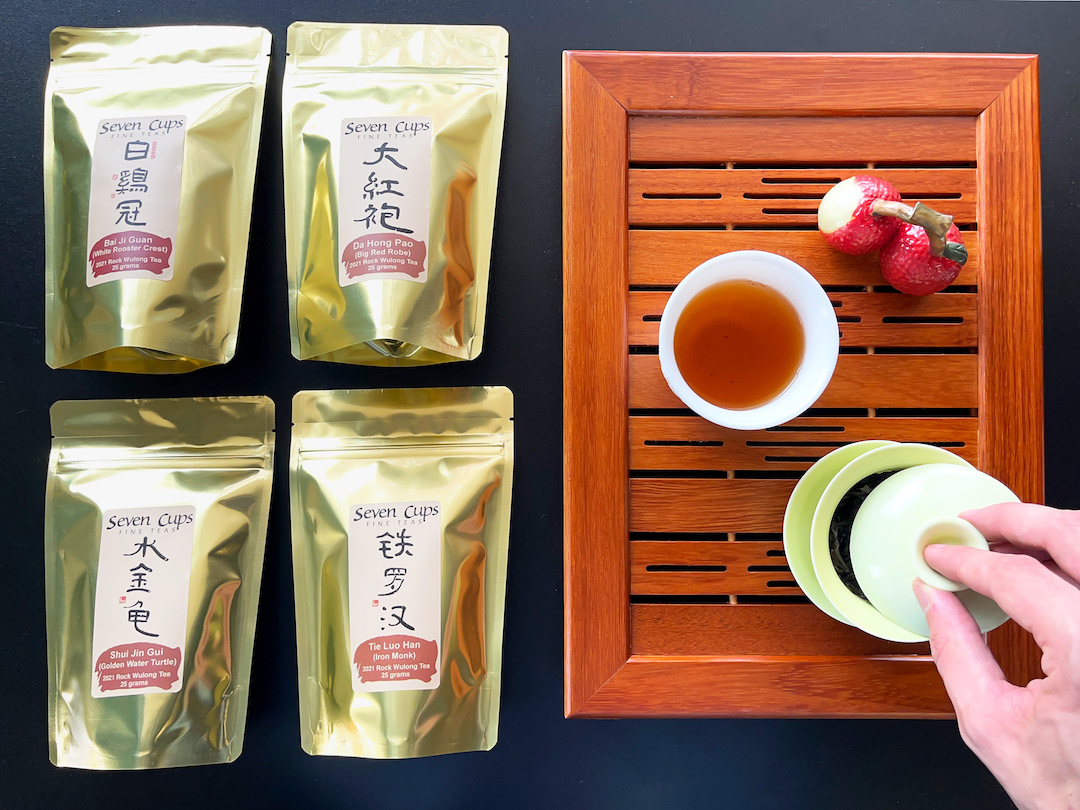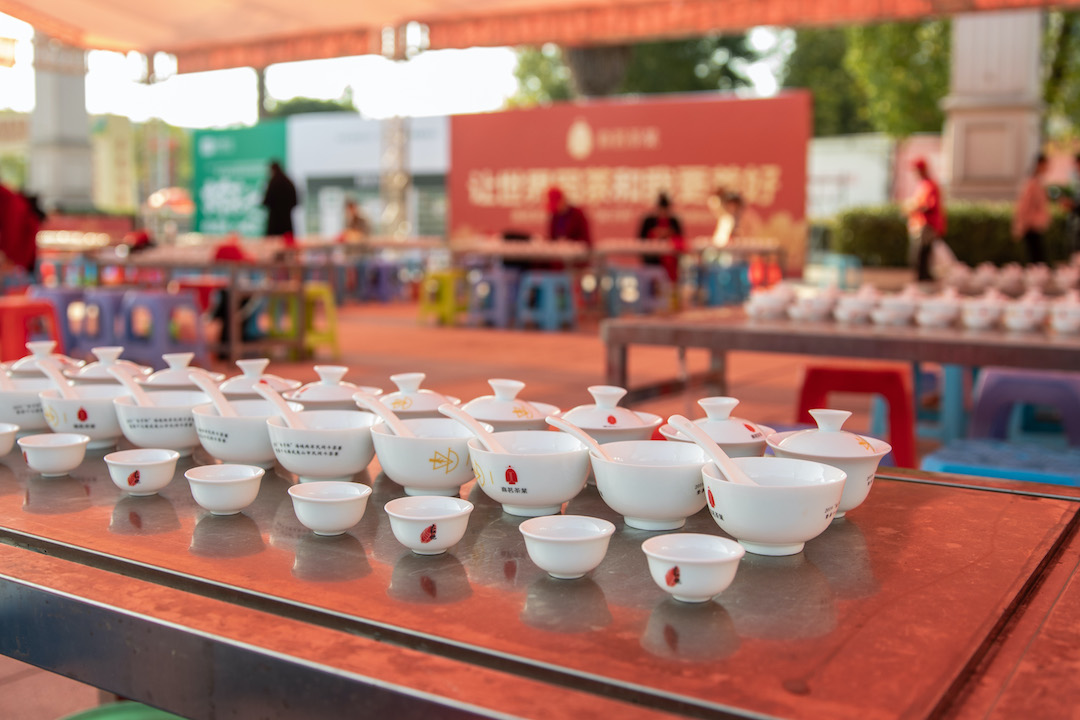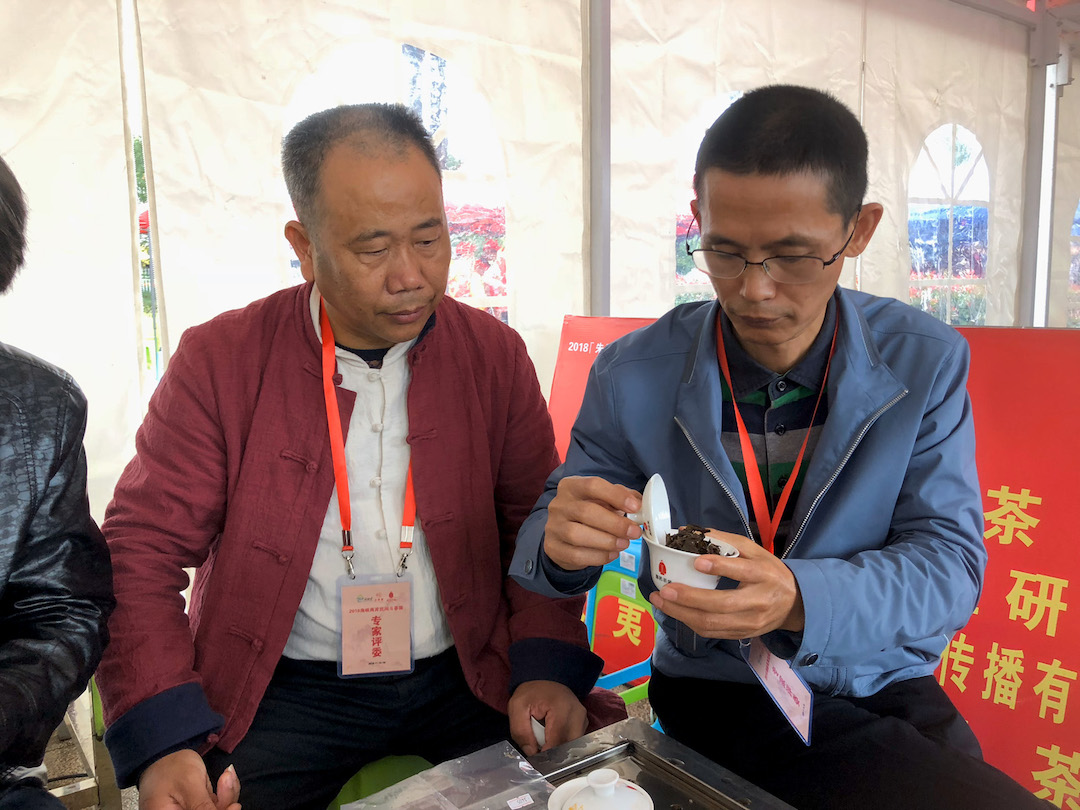Newsletter Archive Jul. 22, 2022

Behold! The Four Famous Bushes of rock Wulong: Da Hong Pao (Big Red Robe), Tie Luo Han (Iron Monk), Shui Jin Gui (Golden Water Turtle), and Bai Ji Guan (White Rooster Crest). This weekend, we’re featuring them and their gold standard brewing vessel, the gaiwan.
While these four teas have claims to centuries of history, grouping them together as “the four famous bushes” is an idea that, as far as we can tell, came about in the late twentieth century. In those days, Wuyishan was a much sleepier mountain town, but its locals were also well aware of their extraordinary 1,400 year history and tradition of tea making. Like origins elsewhere at the time, tea makers in Wuyishan were striving to rebuild a market for their tea after a tumultuous century. As Wuyishan presented itself to tea drinkers in the outside world, these four storied tea varieties became a cornerstone of its offerings.

Flash forward to today, as Wuyishan’s tea has taken off in ways probably unimaginable thirty years ago. These four classics still hold up as a cross section of what makes the origin’s tea great. In our selection of these four teas, you’ll find the work of three different tea makers, each with their own touch on developing the “scent of flowers and bones of rock” that signifies good yancha. You’ll find four degrees of charcoal roast – heavy, moderate, light, and VERY light. You’ll find a tea that’s made with a complex and skillful blend of bush types alongside teas from distinctive single cultivars.
These differences invite head-to-head comparison as much as they call you to individual sessions of multiple steeps to taste their development and nuance. Fortunately, a simple gaiwan can give you both. As a vessel for comparison brewing, it is the literal standard.

One of the foundations for the modern success of Wuyishan’s tea are its annual tea competitions, and the humble ceramic gaiwan is the workhorse behind them. Each competition garners well over a thousand submissions, and every one is brewed up with three infusions in a gaiwan. Gaiwan are lined up in flights ten at a time and tasted head to head. After days of brewing and tasting, only a handful of teas are awarded honors.
It bears mentioning that Zhou Yousheng (the maker of our Shui Jin Gui and Bai Ji Guan) has won a grand prize and several gold and silver medals at numerous competitions, his teas standing above the thousands. So has Liu Dexi (the maker of Tie Luo Han), who’s won so much recognition that he is now an expert judge in many competitions. Liu Guoying (Da Hong Pao), who is arguably Wuyishan’s most influential living tea maker, is now so well known that he hosts an annual competition of his own.
We invite you to use this weekend’s feature to experience yancha the way the experts do, and to appreciate the tea, the people, and the processes that make rock wulong famous.

